In the Karşıyaka district of Izmir, in western Türkiye, some areas near the shore are now covered by a type of algae known locally as “sea lettuce.”
On the Bostanlı side of the Gulf of Izmir, an increase in nitrogen and phosphorus levels in the seawater has led to the growth of seaweed (Ulva lactuca), creating a green blanket on the water’s surface.
Professor Ergün Taşkın, the head of the Hydrobiology Department at the Faculty of Engineering and Natural Sciences at Manisa Celal Bayar University, told Anadolu Agency (AA) that the gulf is under the influence of pollution.
Taşkın explained that pollution increases the nutrient levels for marine plants, and with rising air and water temperatures, sea lettuce is multiplying rapidly. He emphasized that without addressing pollution, it will be impossible to stop the growth of sea lettuce.
“Sea lettuce has a two to three month life cycle and reproduces quickly. Therefore, these increases can be observed several times a year. At this stage, collecting sea lettuce may not be the best approach, as it causes a decrease in the nutrient levels in the water. Collecting it would allow these nutrients to be used by other opportunistic planktonic species, which could trigger the increases that led to fish deaths last year,” he noted.

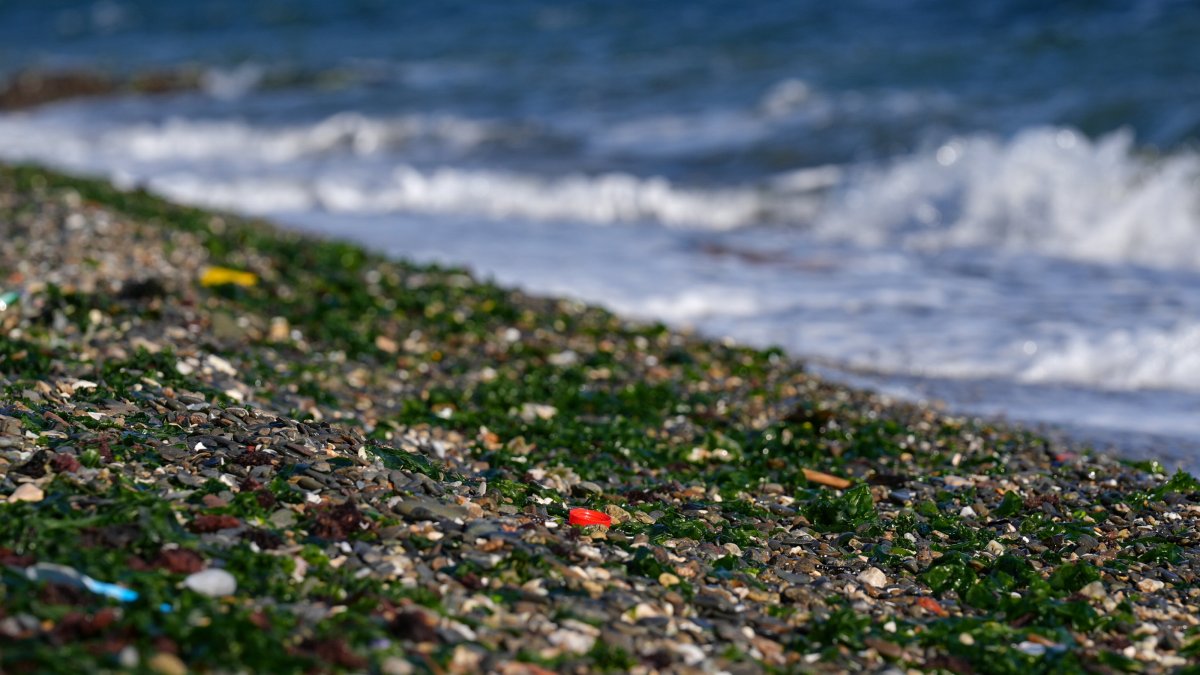
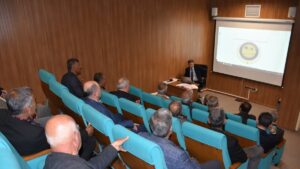





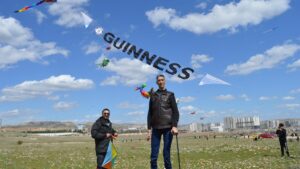
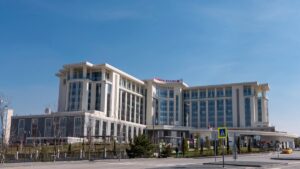



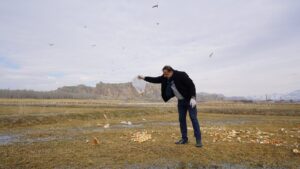

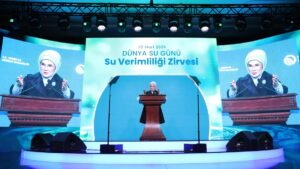

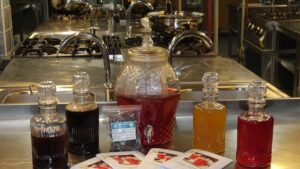
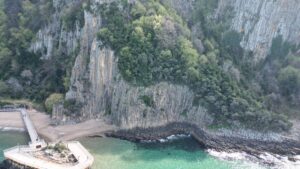









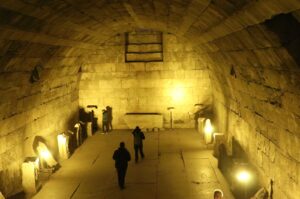

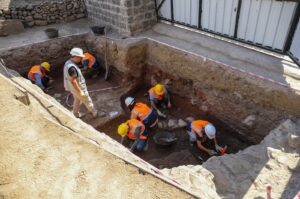


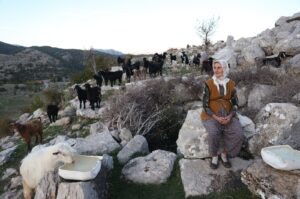
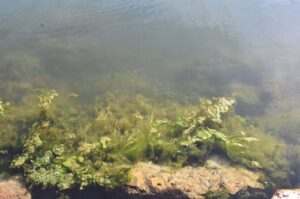
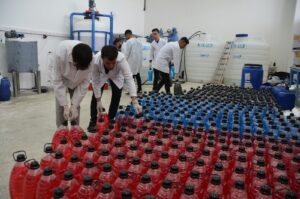
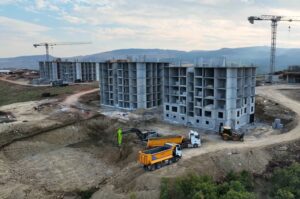

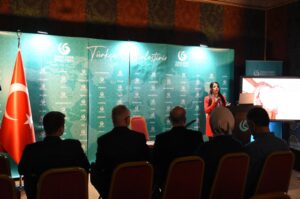
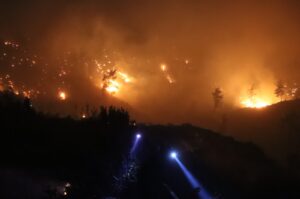
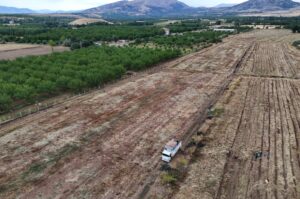

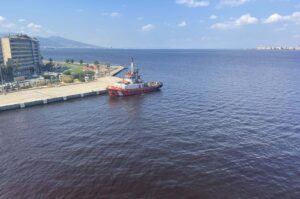

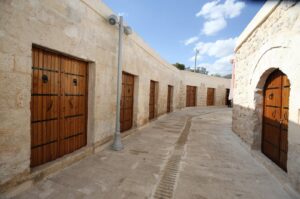



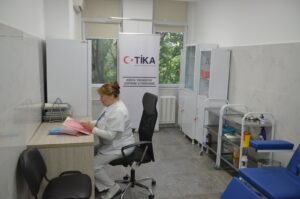
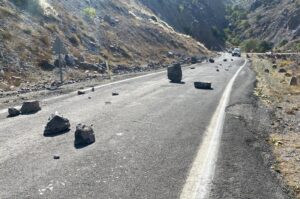


Be First to Comment